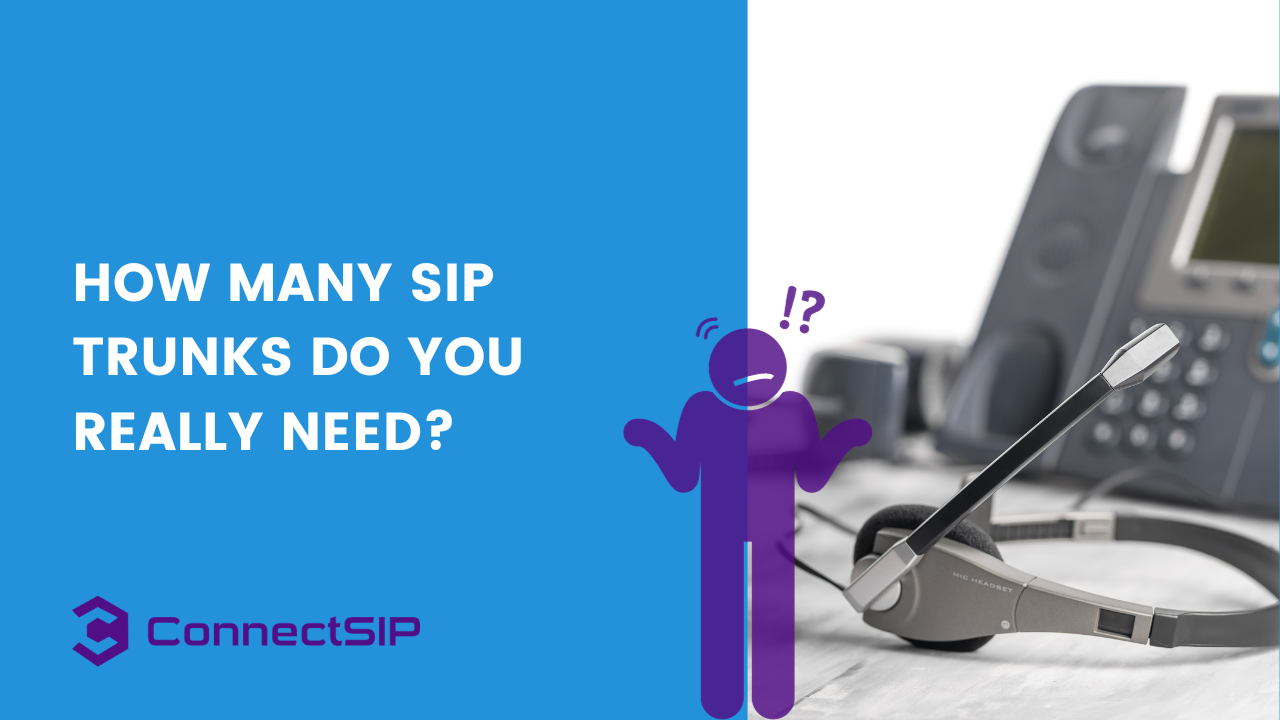Business communication consists of the various forms of interactions that take place within a business environment. It’s an essential aspect that facilitates the exchange of information between individuals or groups in an organization.
Effective business communication is very important for any Nigerian business to run smoothly. Miscommunication can lead to misunderstandings, conflicts, and inefficiency. This article will list and explain the six major types of business communication with real-life examples.
While conflict may help workers in a company to know themselves better and agree to disagree, it leads to a waste of time- one of the most important resources in the world. Without further ado, let’s get to it.
Business communication refers to the sharing of information within a business. This communication may be internal, involving communication within a business, or external, involving communication with parties outside the organization.
Table of Contents
ToggleImportance of Effective Business Communication
Effective business communication is crucial for the success and sustainability of any organization. Below are some of the benefits an effective business communication can bring to any Nigerian business in 2024.
- Enhances Operational Efficiency: Clear and concise communication ensures that all employees understand their roles, tasks, and the company’s objectives. This understanding reduces errors and increases productivity, as employees can perform their duties effectively without confusion.
- Facilitates Decision-Making: In Nigeria’s dynamic business environment, the ability to communicate effectively aids in swift and informed decision-making. This is particularly important when dealing with the diverse and fast-paced Nigerian market.
- Builds and Maintains Relationships: Effective communication is vital in building and maintaining relationships with customers, suppliers, and other stakeholders. In a culturally diverse country like Nigeria, understanding and respecting communication nuances can lead to stronger business relationships and customer loyalty.
- Promotes Teamwork and Employee Morale: Good communication fosters a sense of community and belonging among employees. It encourages teamwork and collaboration, which are essential for any successful business, especially in a collaborative culture like Nigeria’s.
- Supports Change Management: In times of change, whether due to economic shifts or internal restructuring, effective communication is key to ensuring a smooth transition. It helps in managing employee expectations and reducing resistance to change.
6 Types of Business Communication with Examples
There are different types of communication that take place within an organization and each type serves a specific purpose and can significantly impact the overall functioning of the business. Here are six types of business communication, along with examples to illustrate their significance and application within a professional setting.
1. Written Communication
Written communication involves the exchange of information through written words. This type of communication is formal and may include emails, memos, reports, letters, and documentation. For example, a company may use written communication to send out formal announcements regarding policy changes or to provide detailed instructions on a new process or procedure to employees
Other examples include:
- Minutes of Meetings: Written records of what was discussed and decided in meetings, ensuring that attendees and absentees stay informed.
- Emails: The most common form of written communication in businesses, used for quick, direct messages to colleagues, clients, and suppliers.
- Reports: Detailed documents that provide information on projects, finances, or research. Reports are vital for decision-making and record-keeping.
2. Verbal Communication
Verbal communication relies on spoken words to convey messages. It can occur through face-to-face interactions, phone calls, video conferences, or presentations. An example of verbal communication is a team meeting where ideas and strategies are discussed, or a sales pitch delivered by a representative to potential clients.
Other examples of verbal communication include:
- Presentations and Speeches: Delivered to convey information or persuade an audience.
- Conference Calls: Particularly in global businesses, these calls connect team members across different locations for discussions and updates.
- Training Sessions: These involve instructing and educating employees or clients about new products, services, or company policies.
3. Non-verbal Communication
Non-verbal communication encompasses gestures, body language, facial expressions, and other non-verbal cues. It plays a significant role in conveying emotions, attitudes, and intentions.
Examples of non-verbal communication include:
- Facial Expressions: Smiling, frowning, or raising eyebrows can convey approval, disapproval, surprise, or scepticism.
- Body Language: Posture (e.g., leaning forward or crossing arms) can demonstrate openness, defensiveness, or interest.
- Physical Appearance: Clothing, accessories, and grooming can convey professionalism, status, or company culture.
4. External Communication
External communication involves interactions with individuals or entities outside the organization, such as customers, suppliers, and the public. This type of communication is vital for establishing and maintaining a company’s reputation, market presence, and stakeholder relationships.
Some real-world examples of external communication include:
- Tesla, Inc.: Tesla utilizes social media, especially Twitter, for external communication. Elon Musk’s tweets about Tesla have significantly influenced public perception and investor confidence.
- Microsoft’s LinkedIn Acquisition Announcement: Microsoft effectively communicated its acquisition of LinkedIn to shareholders and the public, highlighting strategic benefits and future plans, which were well-received by the market.
5. Internal Communication
Internal communication pertains to interactions within the organization. It facilitates the dissemination of information among employees at all levels and is crucial for maintaining a cohesive and productive work environment.
Good examples of internal communication include:
- Emails: one of the most widely used tools for internal communication, emails are used for sending messages, official notices, policy updates, and general information.
- Meetings: Regular meetings, whether in-person or virtual, are crucial for team alignment, project updates, decision-making, and brainstorming.
6. Upward, Downward, and Lateral Communication
These communication channels refer to the flow of information within the organizational hierarchy. Upward communication involves messages from subordinates to superiors, downward communication refers to information from superiors to subordinates, and lateral communication occurs between individuals or groups at the same level within the organization.
A good example of upward business communication is when employees submit regular performance reports to their supervisors, detailing their accomplishments and challenges. An example of downward business communication is when a company manager provides specific instructions for completing a project, outlining the steps and deadlines to the employees.
On the other hand, an example of lateral communication occurs when team members in different departments communicate to coordinate on a joint project, sharing resources and updates.
Which type should you adopt for your Nigerian business?
When deciding on the type of business communication to adopt for an organization operating in Nigeria, it’s essential to consider the unique business environment, cultural aspects, and technological landscape of the country.
1. Combination of Verbal and Written Communication
Given Nigeria’s diverse cultural landscape, verbal communication often holds more significance due to its personal touch and immediacy.
- Face-to-face meetings: Preferable for negotiations and establishing partnerships.
- Telephone Calls: Effective for quick decision-making and maintaining relationships, especially in areas with limited internet access.
Leverage Written Communication for Clarity and Record-Keeping.
- Emails: Widely used for formal business communication, providing a record of transactions and decisions.
- Reports and Proposals: Important for detailed documentation, especially for projects involving international partners or investors.
- Social Media and Messaging Apps: Increasingly popular for marketing and customer engagement. Platforms like WhatsApp are commonly used for informal business communications.
2. Adapting to Local Context: Communication styles in Nigeria often involve indirectness and politeness. While English is the official language, incorporating local languages in communication can be beneficial, especially in marketing and customer service.
3. Technological Adaptability: With the growing digital economy in Nigeria, leveraging digital communication tools like email, social media, and video conferencing is essential. Also, ensure backup communication methods, like traditional phone calls, in areas with unreliable internet access.
4. Training and Development: Equip your team with effective communication skills, understanding the local business etiquette and cultural diversity.
Conclusion
The different types of business communication serve distinct purposes and are important for the overall functioning of any organization. Whether it’s written, verbal, non-verbal, external, internal, or involving upward, downward, and lateral channels, each type plays a vital role in ensuring seamless information flow and fostering strong relationships.
Recognizing the importance of effective communication and choosing the appropriate communication types for a Nigerian business can contribute to its success and sustainability in the dynamic business landscape of Nigeria.











